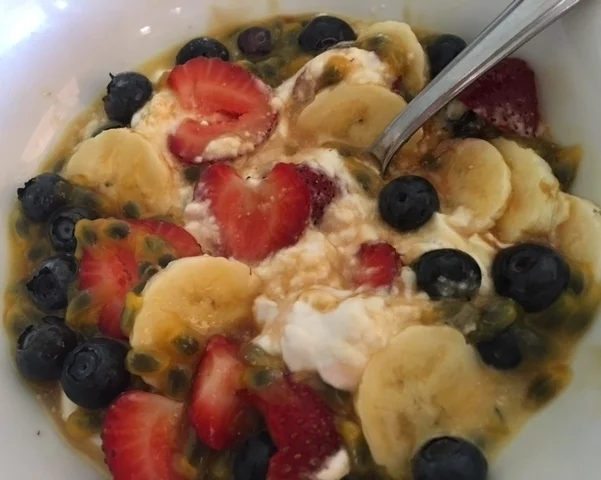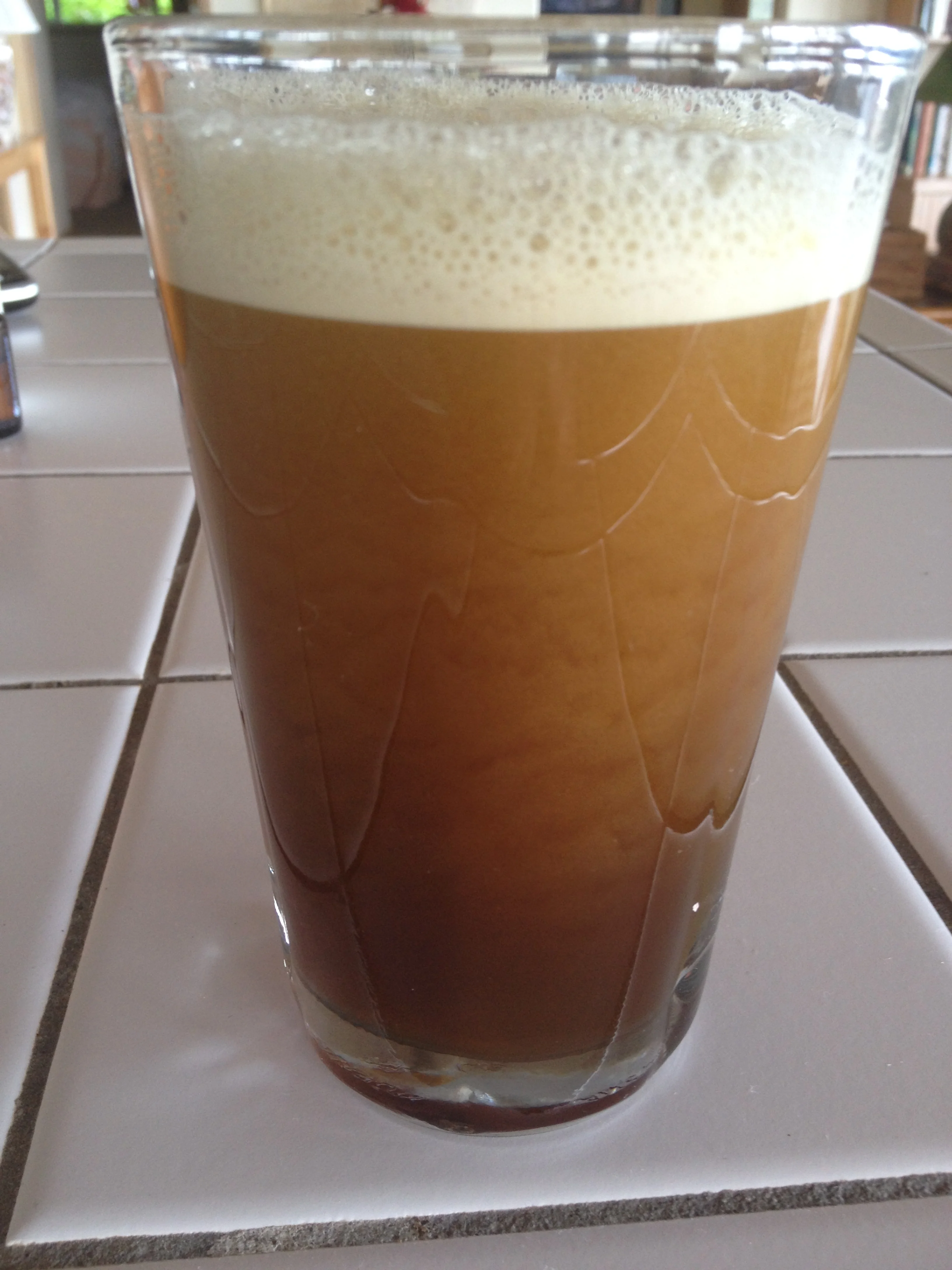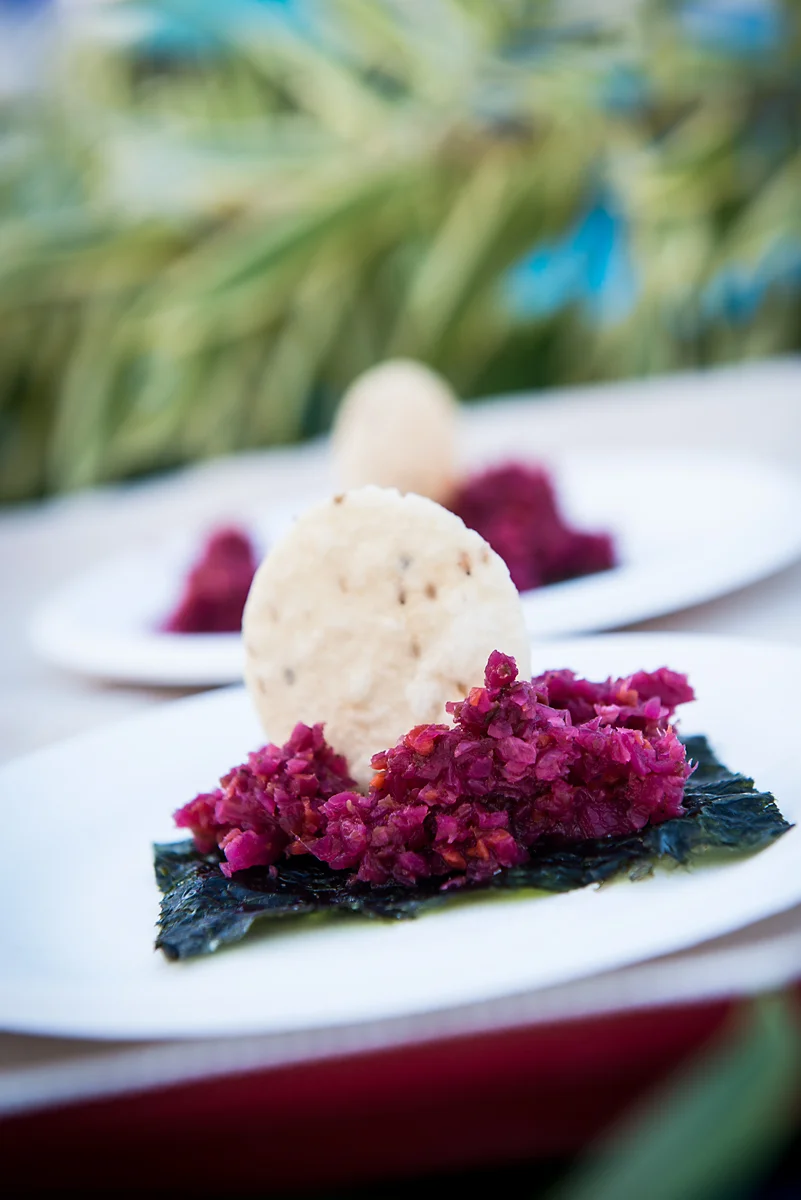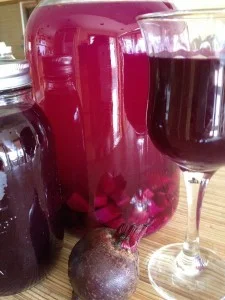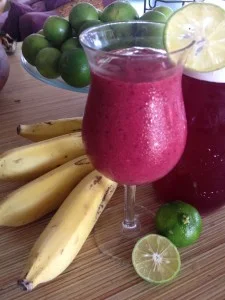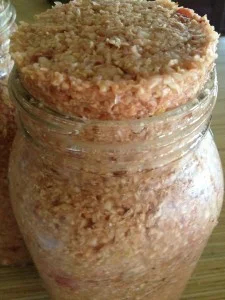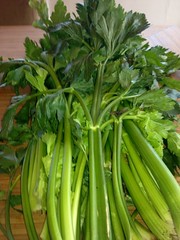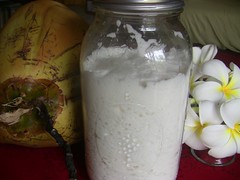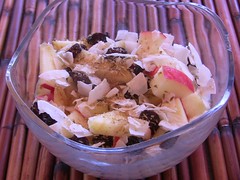Every time you see a cooking show, it looks perfect, right? My kitchen never looks that perfect. As a matter of fact, when I make cultured veggies, we make the hugest mess ever.
There are bits of veggies everywhere and every bowl, strainer, measuring cup, knife, cutting board is used, particularly if we are using many different varieties of veggies.
So, I recommend getting the kitchen ready for the production. Here are a few tips to get you started on your own journey of messing up your kitchen royally!
1. Clear your counter tops of any unnecessary items to create plenty of counter space.
2. Clean counter tops with hot soapy water and/or some sort of natural disinfectant (I sometimes use rubbing alcohol) to make sure that everything is sparkly clean and sanitized.
3. Assemble equipment: cutting boards, knives, food processor, grater, bowls, strainers, measuring cups, gloves and fermentation jars, bowls or crocks.
4. Wash all the veggies and put them into strainers to drain.
5. Set up a station for the production flow of cutting boards, food processor and bowls to receive the processed veggies.
6. Creating a flowing order helps to maximize ease and efficiency.
7. Here is what my flow looks like: After washing I cut my veggies into about 1-2 inch chunks as they process more easily that way. Once processed, I place each variety into its own bowl. Then I measure them as I add them to my large bowl to mix them together. I write the measurements down so that I can track the batches and thus discover what veggies deliver what kind of flavor. When working with jalapenos, I wear gloves while I remove the seeds and while mixing the entire mixture together. This alleviates any burning sensation of the hands, which can be brutal for a long period of time if you handle the seeds in any way. Once the entire mixture is blended, I add the sea veggies, salt and sugar and any other spices. A strong flavor will deliver a delicious veggie mixture.
8. Place veggie mixture into your choice of fermentation container. My favorite vessel is with a very large glass container (like a crock) or food grade bucket, both with lids. I am not a huge fan of fermentation crocks. I like to see the veggies, and I am not crazy about the shape of the crocks in how they narrow at the top. They do work great though.
9. If you are using glass then make sure you cover the veggies so they are not exposed to light. You can them with a towel.
10. Once your veggies are tucked away neatly to ferment, store them somewhere fairly cool and out of the light. Let them ferment for a minimum of 3 days. My veggies sit for 10 days to 2 weeks. Yum.
11. Now you get to clean up your mess if you have not already started!
12. When you are ready to harvest the veggies, remove the canopy and store them into large jars or glass containers and refrigerate. They get better as they continue to ferment even while refrigerated.
Now, go for it! Learn to make them with my new on line course: How to Make Cultured SuperFoods - More Info Here!
Got any questions?
Leave a comment below and let us know how you are doing.
